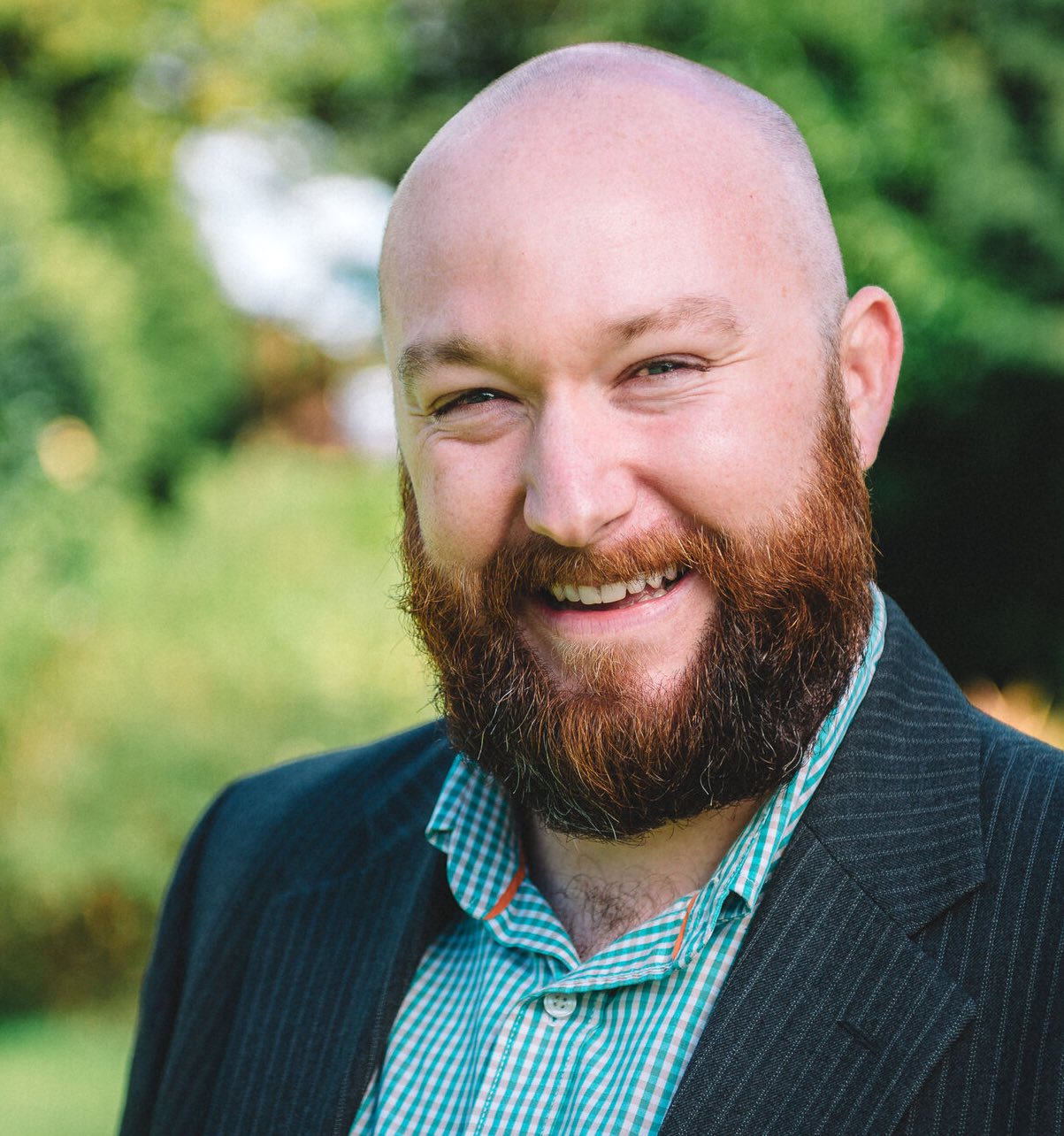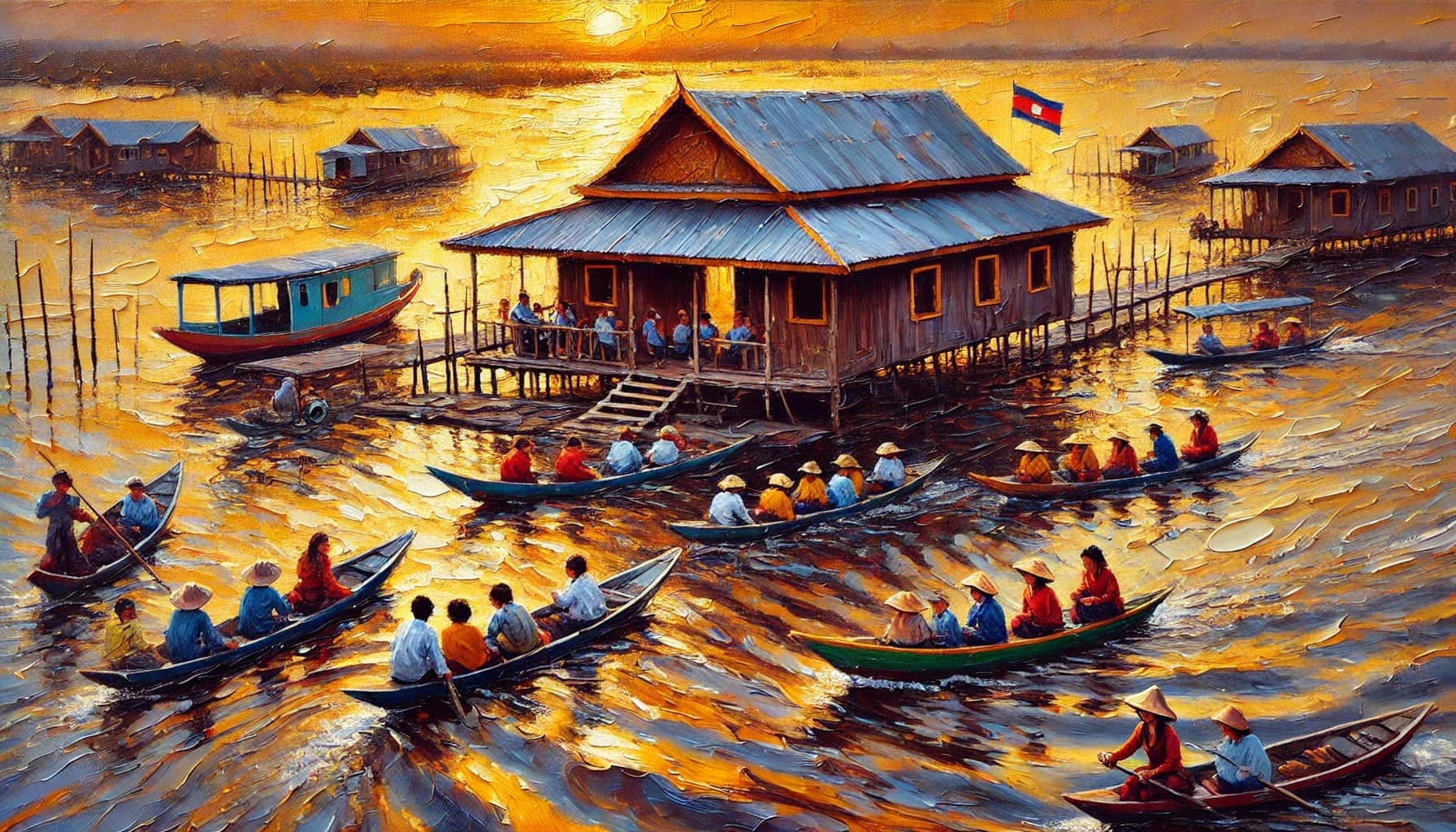Why Stories Matter: Telling the Stories of Aid That People Don’t See



The school bell rang—though here, it wasn’t a bell at all. It was the shuffle of wooden planks under small, eager feet, the creak of doors swinging open, and the high-pitched laughter of children spilling out into the late afternoon sun. They ran with the same urgency as kids anywhere in the world, eager to be free from lessons and structure, their voices carrying over the water.
At first, I only saw their excitement—the kind that comes when the final school bell signals the day’s release. But as I watched, I noticed something... There were no sidewalks, no bicycles leaned against the schoolhouse, no parents waiting at the edge of a dusty road. Instead, the children sprinted toward the water.
Small wooden canoes bobbed along the dock, tethered loosely, as if they were as much a part of the school as the classroom itself. Some children hopped into waiting boats where family members sat ready to row. Others leapt into their own, pulling up paddles with ease. And then, all at once, the lake came alive with movement—an armada of little sailors, scattering in all directions, their paddles slicing through the still water as they made their way home.
I sat in my own boat, watching in awe. That moment changed something in me. It was early in my work in Cambodia, and I remember thinking: This work matters. This is what I want to do for the rest of my life.
The Work We Do, The Stories We Tell
That trip to the floating villages was part of a USAID-funded project I was working on, aimed at helping a local health clinic digitize its patient records. Simple enough, but crucial—the paper records, vulnerable to storms, water damage, and the wear of time, were being replaced with a secure, cloud-based system. It was a small intervention, ensuring that families in this remote village could receive continuous, quality care.
And yet, this is just one of thousands of local projects that USAID funds across Southeast Asia and the world.
Since the stop work order, I’ve been reflecting on that experience—not just on the work itself, but on how we talk about it. I realize now that I’ve spent so much time focused on doing the work that I haven’t done enough to share it. And our USAID programs in Cambodia face uncertainty due to funding disruptions and political decisions, I see just how critical it is to tell these stories.
Bridging the Gap
The reality is, most people in the U.S. don’t know what USAID does. They don’t see the children in the floating village paddling home from school, or the health worker in the clinic who now has the tools to provide better care. They don’t see how small investments in technology and capacity-building ripple outward, strengthening communities, improving governance, and building lasting partnerships between Cambodia and the United States.
When politicians attack foreign aid, claiming fraud or waste, those narratives often stick. Not because they’re true, but because most Americans don’t have another narrative. They don’t have personal stories or concrete examples of what U.S. aid money actually does. And that’s on me. I need to do a better job of explaining my work to a people back in my community, with real stories.
The U.S. foreign aid I work with isn’t just about charity. It’s about relationships. It’s about bringing U.S. knowledge, tools, and innovations into communities that can use them to build their own future. It’s about capacity-building, economic opportunity, and yes, even soft power—ensuring that the U.S. has a voice in the development of key regions around the world. But these are abstract concepts unless we ground them in real, human stories.
I’m going to talk more about this work. I’m going to share more stories from the field. Because if we want the world to understand the value of what we do—if we want to protect and strengthen the programs that are changing lives—we have to be willing to show people what that looks like.
The next time someone asks me what USAID does, I’ll tell them about the children rowing home from school in a floating village on the Tonle Sap. Because those kids, more than anything, is the heart of this work.